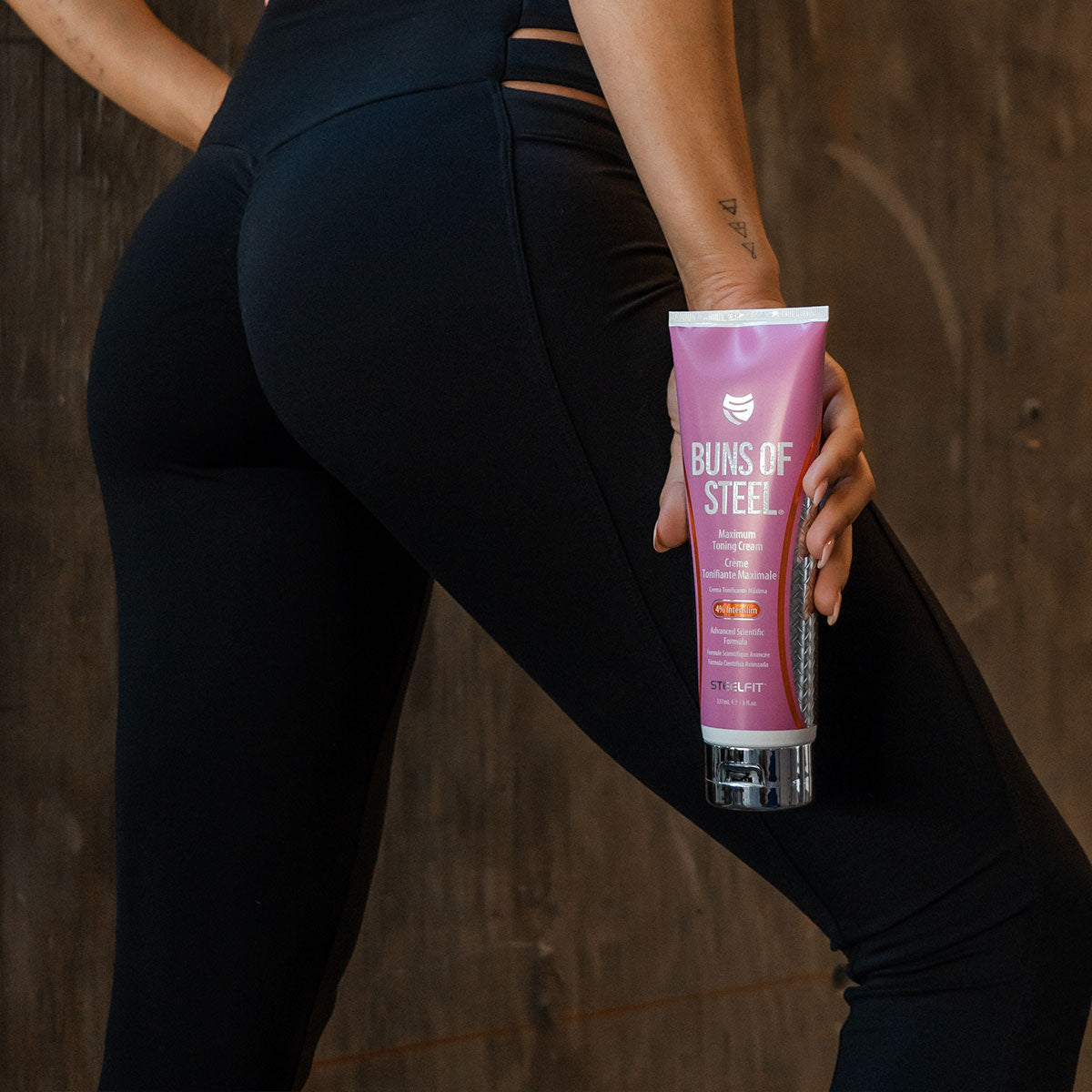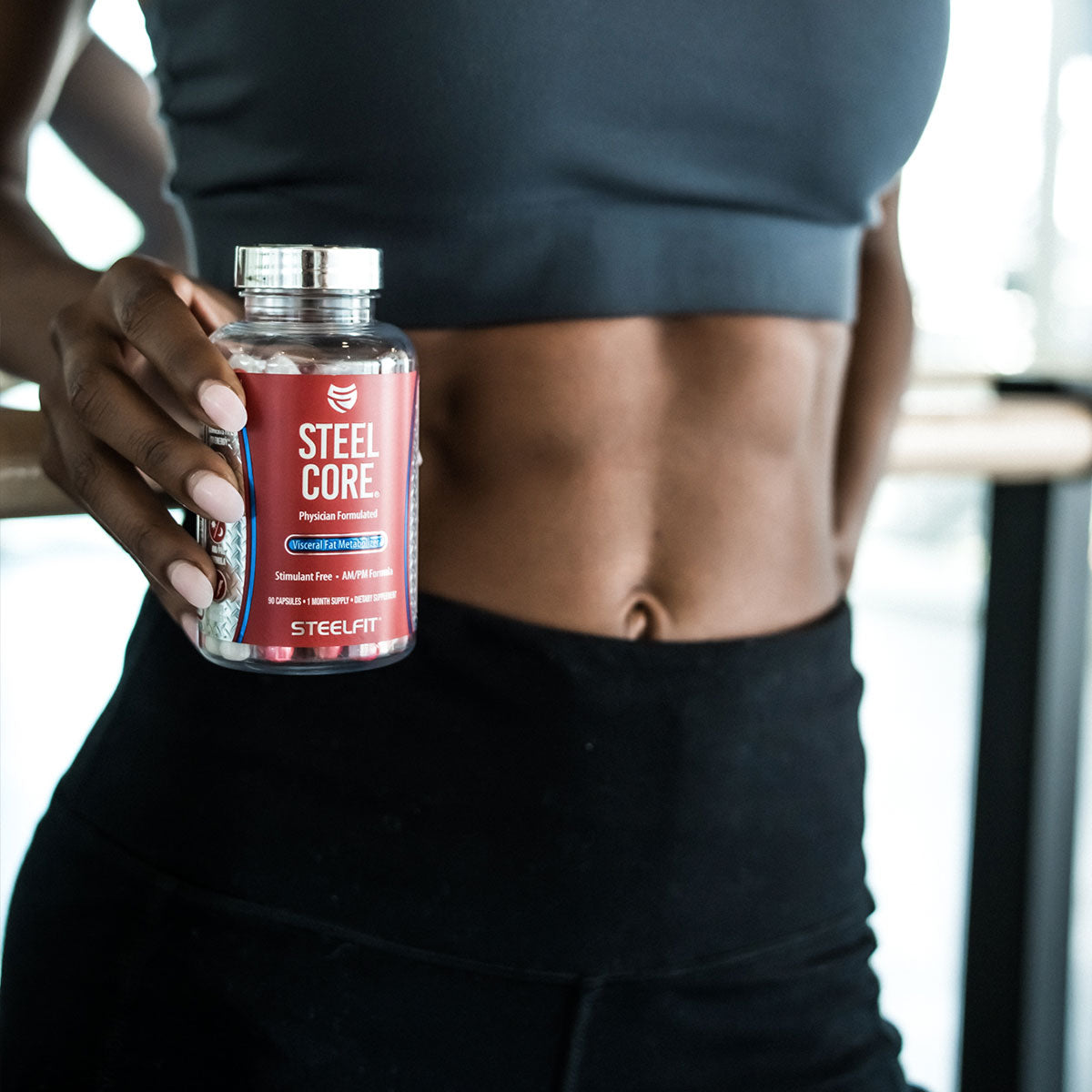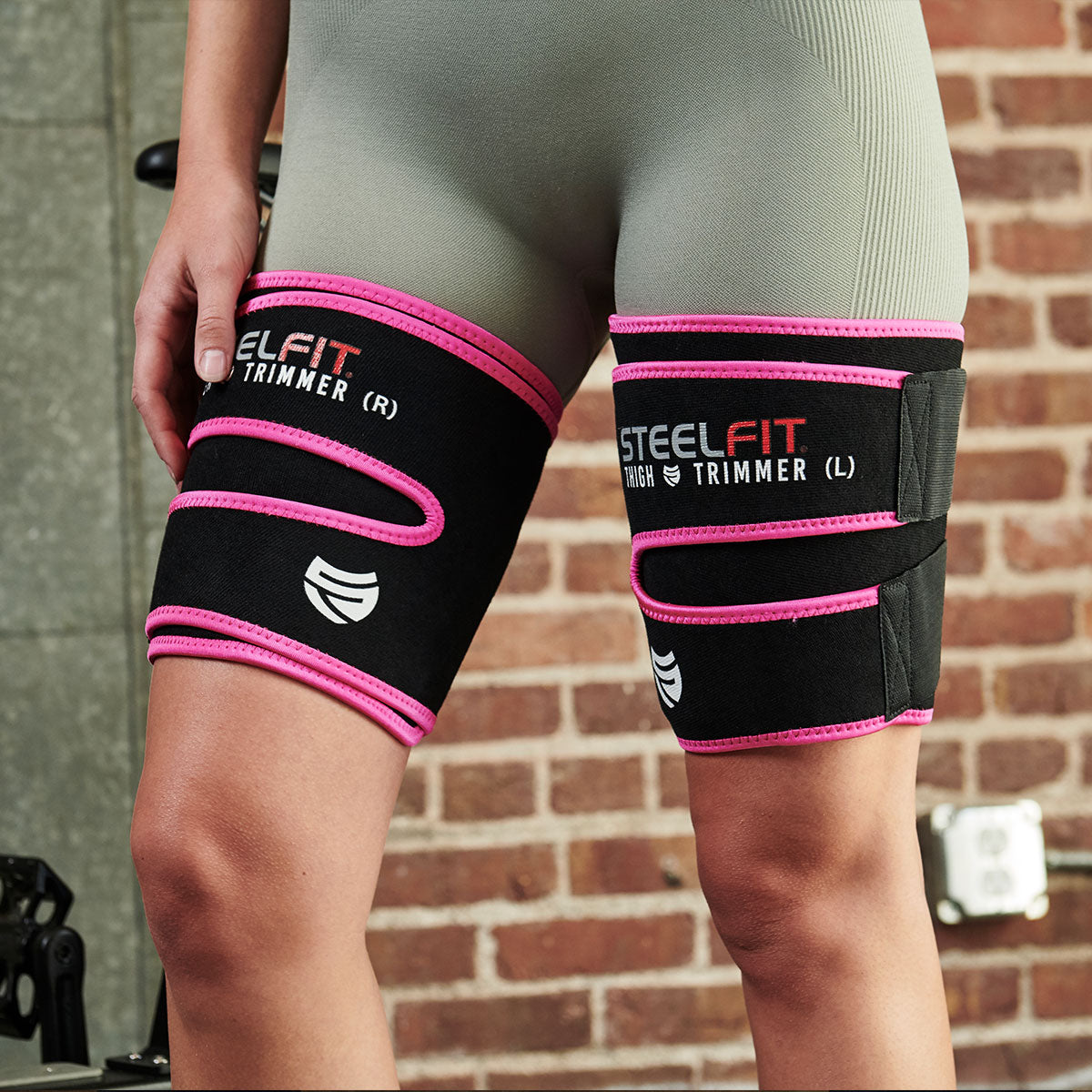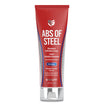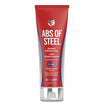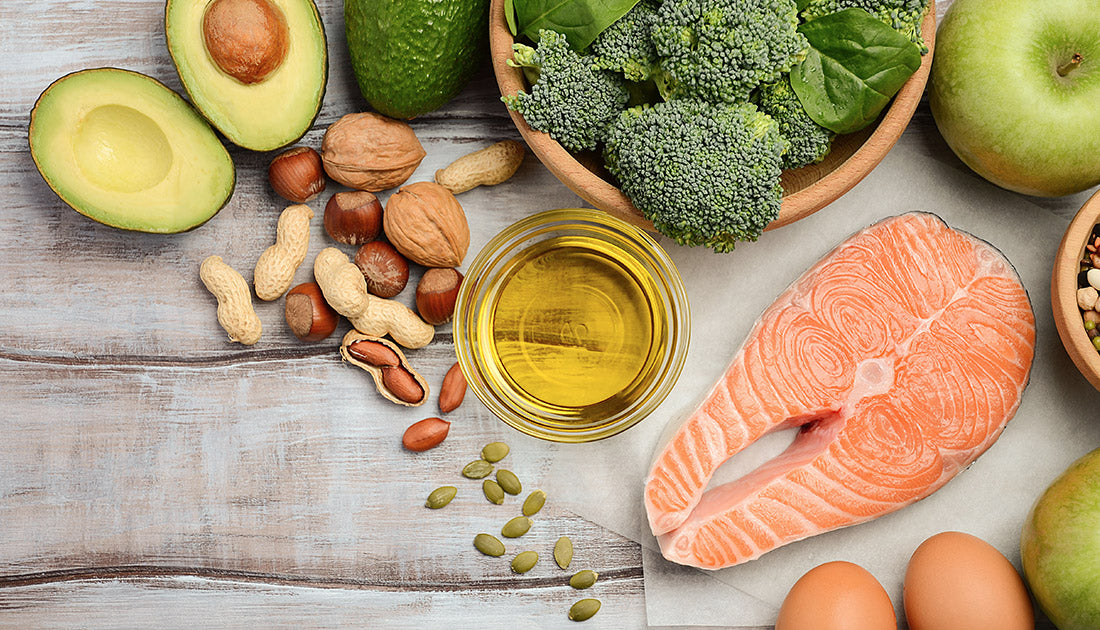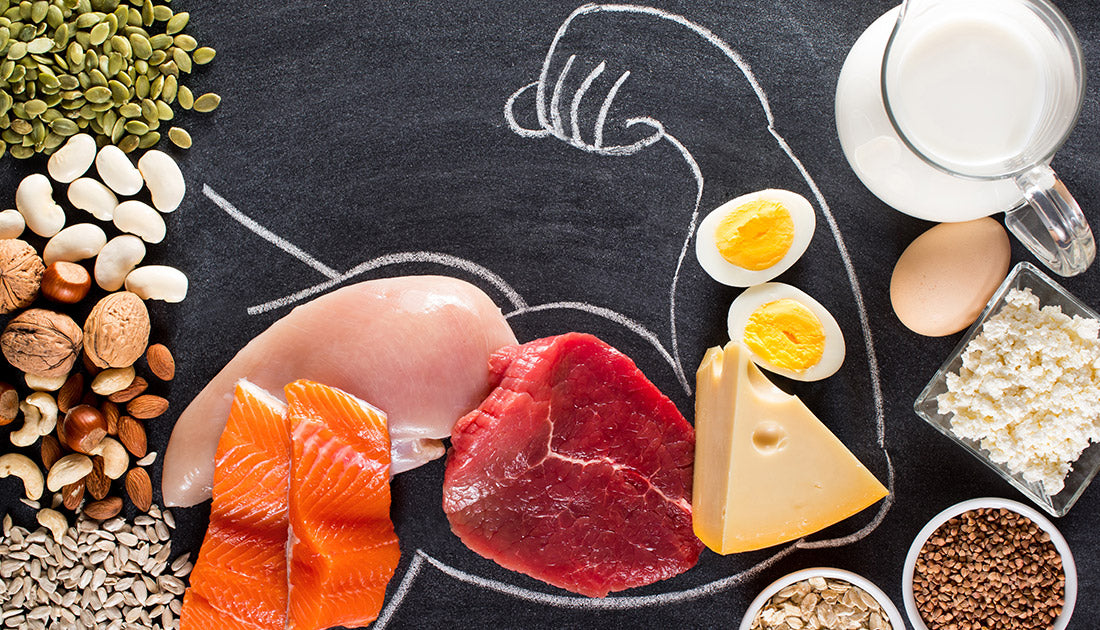Low-carb diets have been, and continue to be, a popular eating strategy for individuals seeking to lose weight.
Two of the most popular low-carb diets over the past few years are the paleo (caveman) diet and the ketogenic (keto) diet.
Both diets can help individuals lose weight (just like any other diet that controls calories and has individuals eating in a deficit).
But is one better than the other for weight loss and overall health and fitness?
Let’s discuss.
What is the Paleo Diet?
The paleo diet is a way of eating built upon the notion that you eat in a manner consistent with our prehistoric ancestors.
In other words, you focus on consuming whole food sources while eschewing all manner of process, packaged food (i.e., junk food).
But there's another layer to this.
The paleo diet also discourages (“forbids”) the consumption of:
- Grains
- Legumes
- Processed sugar
- Most dairy
Foods allowed on the Paleo Diet include:
- Meat (beef, chicken, pork, turkey, deer, elk, bison, etc.)
- Fish
- Shellfish
- Eggs
- Vegetables
- Fruits (in limited quantities)
- Nuts and nut butter
- Seeds
- Certain oils -- olive oil, coconut oil, avocado oil, butter, ghee, lard
- Select sweeteners (in moderation) -- honey, maple syrup, coconut sugar
Following the paleo diet isn't just about eating a certain way; it also serves as a foundation for living life a certain way -- getting back to your primal roots and focusing on health and wellness.
What is the Keto Diet?
The ketogenic (keto diet) is a high-fat diet designed to stimulate ketones' production in the body.
Typically, the body’s primary (preferred) fuel is glucose (sugar).
However, when the body is deprived of glucose for long enough (such as during a fast or low-carbohydrate diet), it switches to its "backup" fuel source for energy-- stored body fat. Fatty acids are oxidized and then used to generate ketone bodies (ketones), which cells can be used throughout the body, including the brain, for energy production.
To enter into a ketosis state, you generally need to consume less than 50 net grams of carbs per day. Some individuals may need to consume as few as 20 net grams of carbs per day.
The exact amount of carbohydrates an individual can eat per day while remaining in a ketosis state depends on several factors, including age, sex, height, weight, and physical activity level.
A typical macronutrient breakdown for a ketogenic diet is:
- 70-80% of calories from fats
- 20-25% of calories from protein
- 5-10% of calories from net carbs (the number of carbs minus the grams of fiber in a food)
To achieve this macronutrient profile in your diet, this means all but eliminating high-carb foods, such as:
- Grains
- Bread
- Candy
- Legumes
- Potatoes
- Sugar-sweetened soft drinks
- Certain high-sugar fruits (bananas, pineapples, grapes, dates, etc.)
- Most processed foods
As we mentioned above, the keto diet's purpose is to force the body into a state of ketosis whereby it burns fatty acids and ketones for energy instead of glucose. This is done by severely restricting carbohydrate intake containing foods and keeping a close eye on how much fat and protein you're consuming each day.
Commonalities Between Paleo and Keto Diet
Both Work for Weight Loss
The main reason individuals adopt a paleo or keto diet is for weight loss, and if this is one of the reasons you’re considering trying the diet, the good news is that both can be equally effective for losing weight.
Several studies have found that low-carb and/or ketogenic diets can be effective for weight loss. [1,2,3,4]
Just about any diet that controls calories and places an individual in a calorie deficit can work for weight loss. Several other studies also find that diets high in carbohydrates can be just as effective for weight loss as low-carb or ketogenic diets. [5,6,7]
What gives?
How can all these different types of diets work for weight loss?
Well, all diets that place you in a calorie deficit will work for weight loss since losing weight is primarily driven by calories in vs. calories out.
What ultimately dictates why some people experience success on some diets and not others is adherence -- your ability to stick to a diet.
Some people feel better, have more energy, and experience fewer hunger feelings on a low-carb, high-fat diet. Others are just the opposite; they thrive eating more carbs and less fat.
Both ways can (and have been shown to) work. It ultimately boils down to which method of eating you prefer.
Both Focus on Whole Foods
A cornerstone of all quality diets focuses on whole foods -- foods that are minimally processed and as close to their natural state as possible.
Both paleo and keto diets strongly encourage followers to eschew packed, processed goods and eat as many whole foods as possible. Not only are whole foods denser in essential vitamins, minerals, and antioxidants, but they also tend to have higher amounts of fiber and water, contributing to satiety.
Both Eliminate Grains and Legumes
Another commonality between the paleo and keto diets is that they both call for the elimination of grains and legumes (and other high-carb foods) from the diet. However, the two diets differ in their reasoning for not allowing the foods.
Paleo proponents avoid grains and legumes for fear of "anti-nutrients," compounds like phytates, oxalates, and lectins that are believed to impair the absorption of certain minerals, such as iron or magnesium and/or cause GI distress when consumed in large quantities. [8]
The fear of anti-nutrients is a bit overblown. These anti-nutrients can largely be neutralized by proper preparation of grains and legumes, soaking, adequate cooking, etc.
Keto enthusiasts eschew these foods due to their high carbohydrate content. Grains and legumes are high in carbohydrates which could prevent the body from entering a state of ketosis.
Both Encourage Healthy Fats
Both paleo and keto diets encourage the consumption of healthy fats (olive oil, avocado oil, coconut oil, etc.) and the avoidance (or severe restriction) of unhealthy fats (trans fats).
Healthy fats, like monounsaturated fats and MCTs, are known to support cardiovascular health.[9,10] Additionally, both monounsaturated fats and MCTs are documented to support weight loss. [11,12]
As a bonus, MCTs are known to stimulate the production of ketones in the liver!
Both Eliminate Refined Sugar
A final shared trait between the paleo and keto diet is that both discourage the consumption of refined and processed sugars -- the kind of sugars typically found in packaged goods.
While keto dieters pretty much avoid all sources of sugar, the paleo diet does allow for the “moderate” consumption of natural sweeteners like honey or maple syrup.
Still, a high intake of sugar (natural or not) is not recommended on either diet. The focus is on nutrient-dense foods low in carbohydrates and rich in protein, fat, and essential vitamins and minerals.
The Major Differences Between Paleo and Keto Diet
Paleo Allows Certain High-Carb Foods
While the paleo diet does restrict some carb sources from the diet, it does allow for the consumption of starchy vegetables (potatoes, sweet potatoes, squash, etc.) and fruit.
The keto diet doesn't "allow" high-carb vegetables so much as you can't consume them while remaining in a state of ketosis.
Because the paleo diet isn't as focused on maintaining a specific macronutrient ratio or profile, it allows for more carbohydrate-rich foods...so long as those foods are in a minimally processed form.
The main takeaway here is that Keto, by definition, is very low carb, while paleo can be low carb, or it could be higher in carbs...so long as those carbohydrates are mostly in the form of fruits and vegetables.
Dairy
Typically, the paleo diet does not allow dairy as our paleolithic ancestors didn't consume access to things like milk, cheese, cottage cheese, yogurt, etc.
Interestingly, though, you will find some paleo proponents consuming the likes unsweetened nut milk, coconut milk, and various similar alternatives that do not contain artificial sweeteners or thickeners (even though our ancestors likely didn’t consume these foods).
On the other hand, Keto does allow for low-carb dairy options like heavy cream or butter as this will enable them to hit their fat macronutrient and calorie needs for the day.
Technically, a keto dieter could also consume dairy products that are low in sugar and use artificial sweeteners, which a paleo dieter could not.
But, since the focus of both diets is on reducing processed food and maximizing whole foods, if you're staying true to the spirit of each diet, then you're not eating any Frankenfoods (processed foods in boxes, bags, or packages).
Fruit
Fruit is technically allowed on both the paleo and keto diets. It's just that staying under your carb limit for the day is tougher if you're consuming high amounts of fruit due to their carb and sugar content.
Therefore, keto diets typically only have room for a serving or two low-carb, low-sugar fruits like berries. Paleo diets don't technically have a limit on carb intake by definition, and therefore, individuals following a paleo diet are free to consume fruit as they desire.
Ideology vs. Macros
A significant difference between the paleo and keto diets is that the paleo diet is founded on an ideology or way of life. In contrast, the keto diet is based on consuming a specific ratio of macronutrients to facilitate ketogenesis.
The paleo diet doesn't place any specific limitations on how much of a particular macronutrient you can consume (like carbohydrates). Simultaneously, the ketogenic diet does since consuming too much carbohydrate can prevent the body from entering into a state of ketosis.
Which is Better: Paleo or Keto?
Both diets can be useful for fat loss and healthy if they are correctly implemented, just as is the case with virtually any other diet.
It all boils down to how you put the diets into everyday practice.
As we mentioned before, the most significant factor that can determine how "effective" a particular diet is for a given person is how well they stick to it.
You could have the most perfectly optimized diet for your genetics, but if you despise the foods you're told to eat each day, then the chances of you following the diet and experiencing success on it are slim to none.
Head-to-head, paleo may be easier for some individuals to follow since it allows for a broader range of foods. It also doesn't require you to be as meticulous with your macronutrient percentages. With Keto, you have to be very cognizant of your carbohydrate intake to remain in a state of ketosis.
Neither diet is "better" in an absolute sense, but one diet may be "better" for a specific person based on their lifestyle and dietary preferences.
Also, keep in mind that you aren’t relegated to only choosing between keto and paleo diets to lose weight or build muscle.
There is a wide range of diet options available (Mediterranean, Zone, IIFYM) to help you meet your goals and promote overall health.
Further, just because you find a particular way of eating works for you right now doesn't mean it may work for you six years from now or even six months from now.
Be open to the possibility that your dietary preferences and requirements may evolve.
Do some personal experimenting with your nutrition plan if what you're currently doing isn't working for you, and, after a couple of weeks of trying different ways of eating, you'll find the one that keeps you energized, helps you perform and recover optimally, and leaves you feeling satisfied.
The best diets all share a common trait in that they prioritize the consumption of whole foods and limit the amount of processed junk in the diet. So long as you're focused on eating a diet rich in whole foods (lean protein, fruits, vegetables, whole grains, healthy fats) and consuming enough protein each day, you're on the right track! Don't forget to also include quality sports nutrition supplements to achieve your goal.
References
- Mellberg C, Sandberg S, Ryberg M, Eriksson M, Brage S, Larsson C, Olsson T, Lindahl B. Long-term effects of a Palaeolithic-type diet in obese postmenopausal women: a 2-year randomized trial. Eur J Clin Nutr. 2014 Mar;68(3):350-7. DOI: 10.1038/ejcn.2013.290. Epub 2014 Jan 29. PMID: 24473459; PMCID: PMC4216932.
- Bonnie J. Brehm, Randy J. Seeley, Stephen R. Daniels, David A. D’Alessio, A Randomized Trial Comparing a Very Low Carbohydrate Diet and a Calorie-Restricted Low Fat Diet on Body Weight and Cardiovascular Risk Factors in Healthy Women, The Journal of Clinical Endocrinology and Metabolism, Volume 88, Issue 4, 1 April 2003, Pages 1617–1623, https://doi.org/10.1210/jc.2002-021480
- Bueno NB, de Melo IS, de Oliveira SL, da Rocha Ataide T. Very-low-carbohydrate ketogenic diet v. low-fat diet for long-term weight loss: a meta-analysis of randomised controlled trials. Br J Nutr. 2013 Oct;110(7):1178-87. DOI: 10.1017/S0007114513000548. Epub 2013 May 7. PMID: 23651522.
- Kelly A. Meckling, Caitriona O’Sullivan, Dayna Saari, Comparison of a Low-Fat Diet to a Low-Carbohydrate Diet on Weight Loss, Body Composition, and Risk Factors for Diabetes and Cardiovascular Disease in Free-Living, Overweight Men and Women, The Journal of Clinical Endocrinology and Metabolism, Volume 89, Issue 6, 1 June 2004, Pages 2717–2723, https://doi.org/10.1210/jc.2003-031606
- Gardner CD, Trepanowski JF, Del Gobbo LC, et al. Effect of Low-Fat vs Low-Carbohydrate Diet on 12-Month Weight Loss in Overweight Adults and the Association With Genotype Pattern or Insulin Secretion: The DIETFITS Randomized Clinical Trial. JAMA. 2018;319(7):667–679. doi:10.1001/jama.2018.0245
- Phillips SA, Jurva JW, Syed AQ, Syed AQ, Kulinski JP, Pleuss J, Hoffmann RG, Gutterman DD. Benefit of low-fat over low-carbohydrate diet on endothelial health in obesity. Hypertension. 2008 Feb;51(2):376-82. DOI: 10.1161/HYPERTENSIONAHA.107.101824. Epub 2008 Jan 14. PMID: 18195164; PMCID: PMC2702133.
- Thomson CA, Stopeck AT, Bea JW, Cussler E, Nardi E, Frey G, Thompson PA. Changes in body weight and metabolic indexes in overweight breast cancer survivors enrolled in a randomized trial of low-fat vs. reduced-carbohydrate diets. Nutr Cancer. 2010;62(8):1142-52. DOI: 10.1080/01635581.2010.513803. PMID: 21058203.
- Sánchez-Chino X, Jiménez-Martínez C, Dávila-Ortiz G, Álvarez-González I, Madrigal-Bujaidar E. Nutrient and nonnutrient components of legumes, and its chemopreventive activity: a review. Nutr Cancer. 2015;67(3):401-10. doi: 10.1080/01635581.2015.1004729. Epub 2015 Feb 24. PMID: 25710272.
- St-Onge MP, Lamarche B, Mauger JF, Jones PJ. Consumption of a functional oil rich in phytosterols and medium-chain triglyceride oil improves plasma lipid profiles in men. J Nutr. 2003 Jun;133(6):1815-20. DOI: 10.1093/jn/133.6.1815. PMID: 12771322.
- Garg A. High-monounsaturated-fat diets for patients with diabetes mellitus: a meta-analysis. Am J Clin Nutr. 1998 Mar;67(3 Suppl):577S-582S. DOI: 10.1093/ajcn/67.3.577S. PMID: 9497173.
- Qian F, Korat AA, Malik V, Hu FB. Metabolic Effects of Monounsaturated Fatty Acid-Enriched Diets Compared With Carbohydrate or Polyunsaturated Fatty Acid-Enriched Diets in Patients With Type 2 Diabetes: A Systematic Review and Meta-analysis of Randomized Controlled Trials. Diabetes Care. 2016 Aug;39(8):1448-57. DOI: 10.2337/dc16-0513. PMID: 27457635; PMCID: PMC4955926.
- St-Onge MP, Jones PJ. Greater rise in fat oxidation with medium-chain triglyceride consumption relative to long-chain triglyceride is associated with lower initial body weight and greater loss of subcutaneous adipose tissue. Int J Obes Relat Metab Disord. 2003 Dec;27(12):1565-71. DOI: 10.1038/SJ.ijo.0802467. PMID: 12975635.

